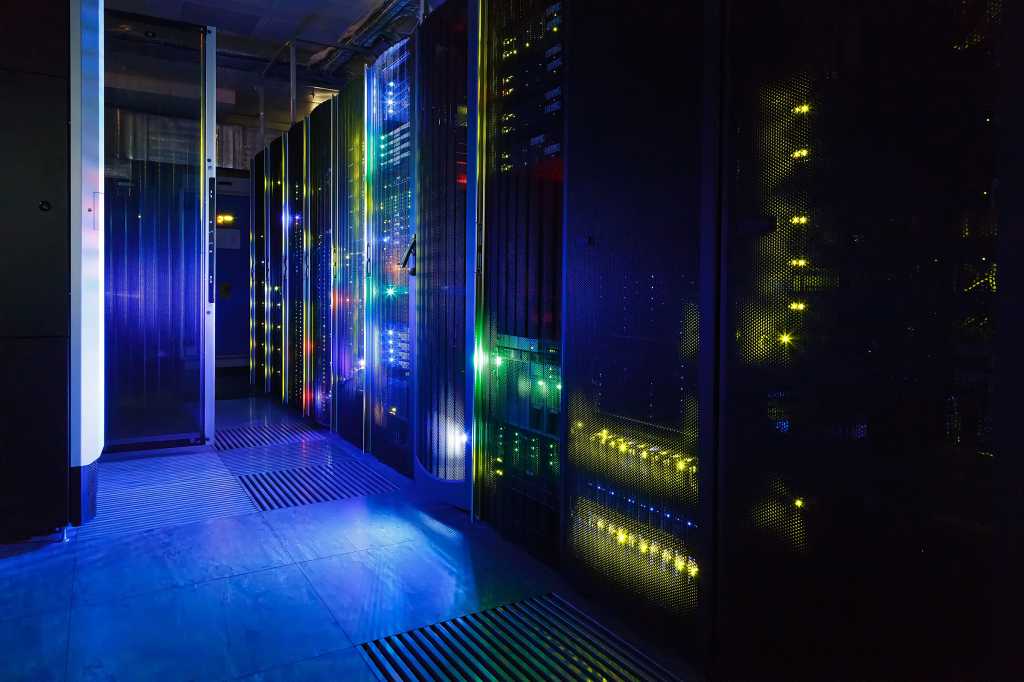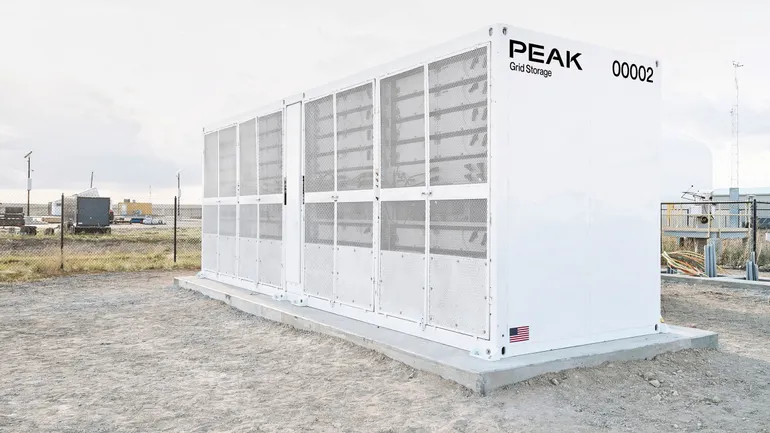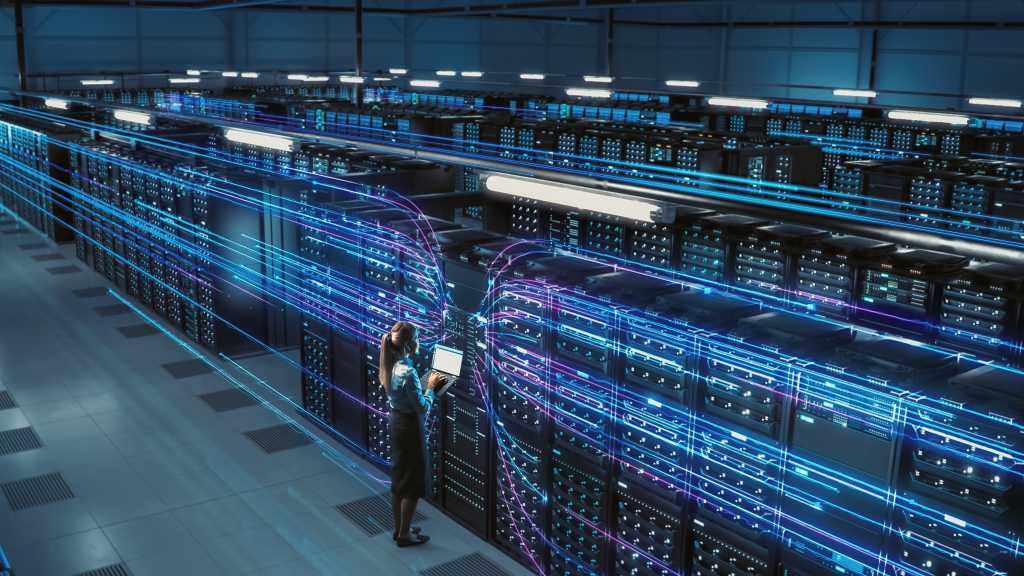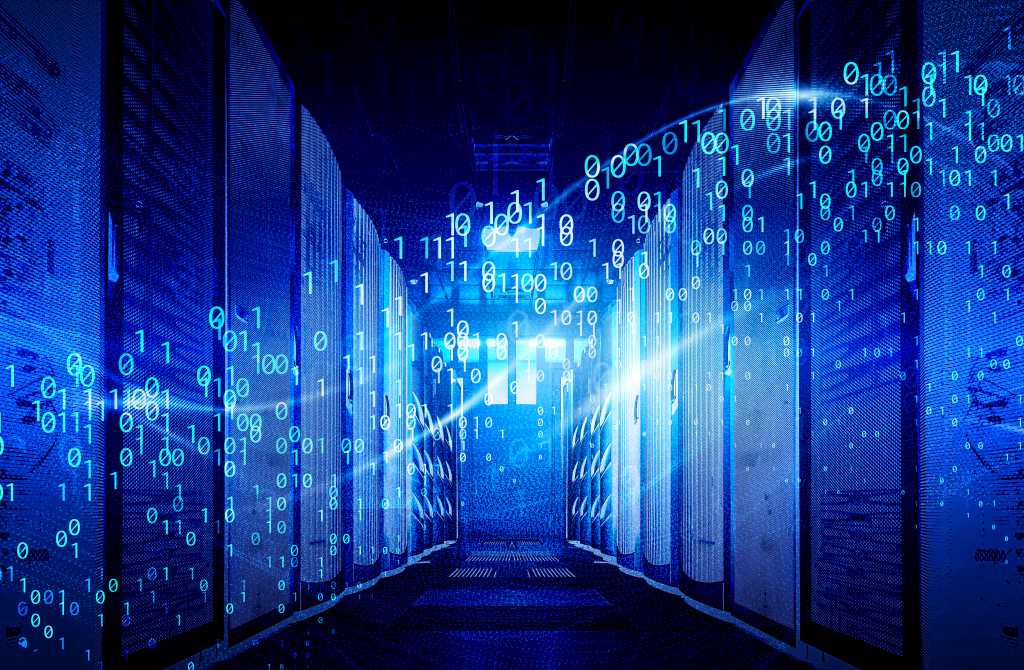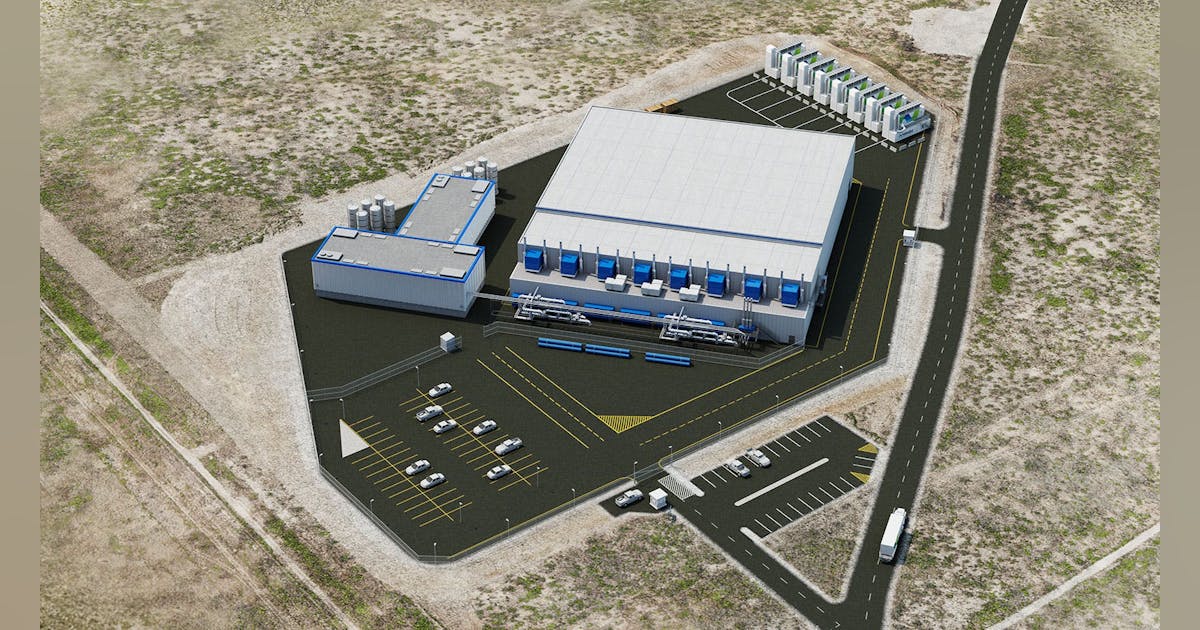
Organizations must ensure the infrastructure is AI ready
Infrastructure is another area where Cisco found a major difference. Pacesetters are designing their networks for future demands. Seventy-one percent say their networks can scale instantly for new AI projects. Roughly three-quarters of pacesetters are investing in new data center capacity over the next year. Currently, about two-thirds say their infrastructure can accommodate AI workloads.
Most pacesetters (93%) also have data systems that are fully prepared for AI, compared with 34% of other companies. About 76% have fully centralized their in-house data, while only 19% of other companies have done the same. Eighty-four percent report strong governance readiness, while 95% have mature processes to measure the impact of AI.
If ever there was a technological shift that requires the right infrastructure, it’s AI. AI generates a significant amount of data, needs large amounts of processes and low latency, high-capacity networks. Historically, businesses could operate with networks that operated on the premise of “best effort,” but that’s no longer the case. From the data center to campus to branch offices, in most companies, the network will require a refresh.
Scaling AI requires the right processes
When it comes to being disciplined, 62% of pacesetters have an established process for generating, piloting, and scaling AI use cases. Only 13% of other organizations (non-pacesetters) have reached this level of maturity. Most pacesetters say their AI models achieve at least 75% accuracy. Almost half also expect a 50% to 100% return on investment (ROI) within a year, far above the average. Cisco notes that over the past six months, pressure has been building for companies to show tangible ROI. Executives and IT leaders are pushing for results, and so are competitors.
By contrast, most other companies are in early stages of readiness. Although 83% plan to deploy AI agents within a year, many admit their networks aren’t ready for that kind of scale or complexity. Cisco attributes this to “infrastructure debt.” It’s the AI-era version of technical debt where companies take shortcuts by not upgrading their infrastructure, skipping security reviews, or not hiring skilled professionals.
These shortcuts might seem minor at first but can snowball into much bigger problems that prevent companies from realizing AI’s full value. Cisco lists early warning signs like high compute costs, unpredictable hybrid-infrastructure expenses, and resource strain. Many companies also struggle with security and centralizing their data. While pacesetters face these issues as well, they’re better equipped to handle them.

